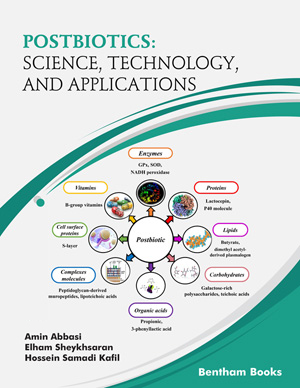Abstract
A relevant area of research in the preformulation phase for the development
of new dosages is active pharmaceutical ingredient (API)-excipient compatibility. The
possibilities of chemical and physical interaction of API and the excipients may affect
how efficient and effective it is, while displaying an impact on the nature, stability and
availability of API. The most common signs of deterioration of an API are changes in
the color, taste, odor, polymorphic form, or crystallization (pharmaceutical
incompatibility). These changes arise from chemical reactions with the excipient,
leading to degradation of the API. The active components are usually more stable than
solid dosage forms, and although testing the compatibility of API-excipients is
essential, no protocol has yet been accepted to evaluate their interactions. Fourier
Transform Infrared Spectroscopy (FT-IR), Differential Scanning Calorimetry (DSC),
Isothermal Stress Testing-High Performance Liquid Chromatography (IST-HPLC), Hot
Stage Microscopy (HSM), Scanning Electron Microscopy (SEM), Solid state Nuclear
Magnetic Resonance Spectroscopy (ssNMR) and Power X-ray Diffraction (PXRD) are
commonly used as screening techniques for assessing the compatibility of an active
pharmaceutical ingredient (API) with some currently employed excipients. The
potential physical and chemical interactions between drugs and excipients can affect
the chemical nature, the stability and bioavailability of drugs and, consequently, their
therapeutic efficacy and safety. Once the solid-state reactions of a pharmaceutical
system are understood, the necessary steps can be taken to avoid reactivity and improve
the stability of drug substances and products. In this chapter, we summarize the
techniques to investigate the compatibility between APIs and excipients.






















